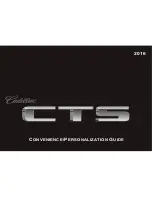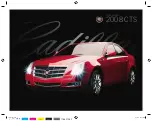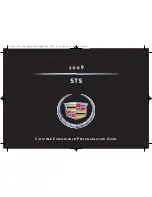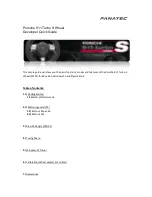
Safe Driving
Always drive according to the
rule “ Safety firs t” . The com fort
able ride of the vehicle may easily
tem pt you to underestim ate the
speed you are actually driving. For
this reason you should get used to
keeping an eye on the speedometer
needle because high speeds
demand long stopping distances.
Do not attem pt to move o r roll the
vehicle with the engine not in
operation, as engine-driven acces
sories such as the power steering
system or power brakes are not
“ pow ered” , therefore, requiring
substantially more effort for their
operation even though they always
remain m echanically operative.
Brake sensibly and prevent the
wheels from locking.
Do not allow your tires to wear
down too far. With less than 0.118 in.
(3 mm) of tread, the antiskid proper
ties on a wet road fall off sharply.
Depending upon the w eather and/or
road pavement, the grip of the tires
varies widely.
The retention of the specified tire
pressure is essential. This applies
p articula rly if the tires are subjected
to high loads (e.g. high speeds,
heavy loads, high am bient tem pera
tures).
Aquaplaning:
Depending on the depth of the
w ater layer on the road, aqua
planing may o ccur even with tires
still showing the full tread depth,
and even at low speeds. Avoid
track grooves in the road and
apply brakes cautiously in the rain.
Tire fric tio n :
Dry road = 100%
Wet road = from approx. 5 0 % to
approx. 8 0 % (be particularly
cautious on wet and d irty roads)
Icy road = approx. 1 5%
You should pay p articula r attention
to. the condition of the road as soon
as the prevailing tem peratures fall
close to the freezing point. If ice
has form ed on the road (e. g. due to
fog), a thin film of w ater is then
quickly produced on the ice which
substantially reduces the grip of
the tires. Under such w eather
conditions, drive, steer and brake
particularly carefully.
We recommend M + S radial-ply
tires fo r the cold season. On ice
o r packed snow, they can reduce
your stopping distance as compared
w ith summ er tires. Stopping dis
tance, however, is nevertheless
considerably greater than when the
road is wet o r dry.
On extended and steep declines,
relieve brakes by shifting the
selector lever to position “ S”
or “ L ” .
After hard braking it is advisable
not to sw itch off the engine right
away but to drive on fo r some time
so. the a ir stream w ill cool down
the brakes faster.
When driving in heavy rain for
some tim e w ithout applying the
brakes, the first braking action
may be somewhat retarded and
increased pedal pressure may be
necessary. For this reason, stay
further away from vehicle in front.
Once in a w hile check the effec
tiveness of the system by fully
applying the brakes on an open
road (make sure the wheels w ill not
lock). This w ill also improve the
grip of the linings.
The condition of the parking brake
w ill be checked during every main-
tainance service.
Furtherm ore it is recommended to
exert once o r tw ice between the
regular m aintainance services
Содержание 230 1978
Страница 1: ......
Страница 2: ...O w n e r s M a n u a l T y p e 1 2 3 2 3 0 2 8 0 E 2 8 0 C E M e r c e d e s B e n z...
Страница 3: ......
Страница 7: ......
Страница 8: ...Vehicle Operation...
Страница 10: ...Instruments and Controls 9...
Страница 12: ...I n s t r u m e n t C l u s t e r 1 1...
Страница 38: ...Driving 37...
Страница 52: ...Vehicle Care 51...
Страница 58: ...Practical Hints 57...
Страница 73: ......
Страница 74: ...Technical Data Fuels Coolants Lubricants etc 73...
Страница 87: ......
Страница 88: ......
Страница 91: ......
















































